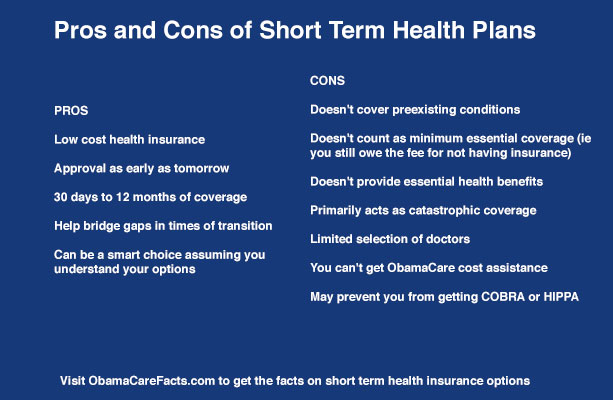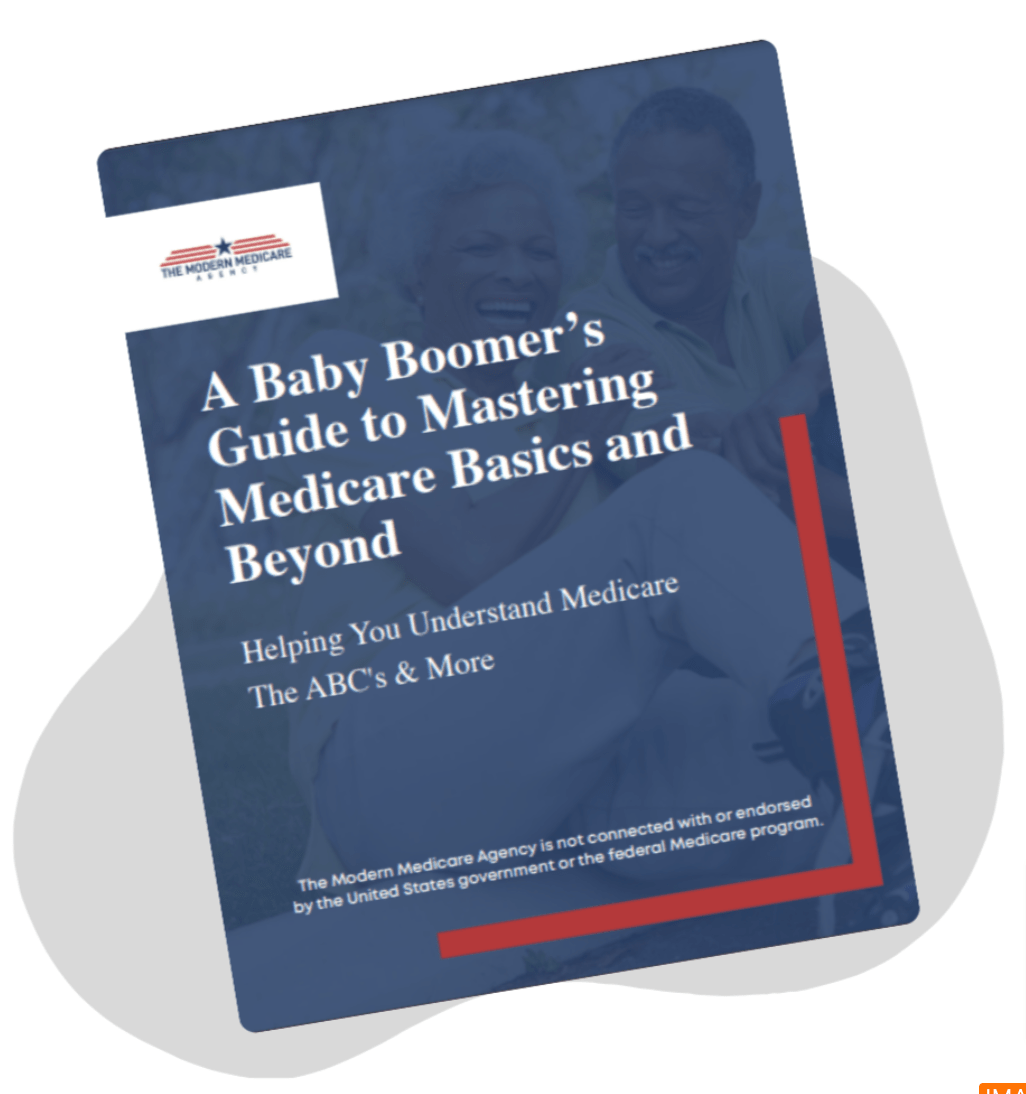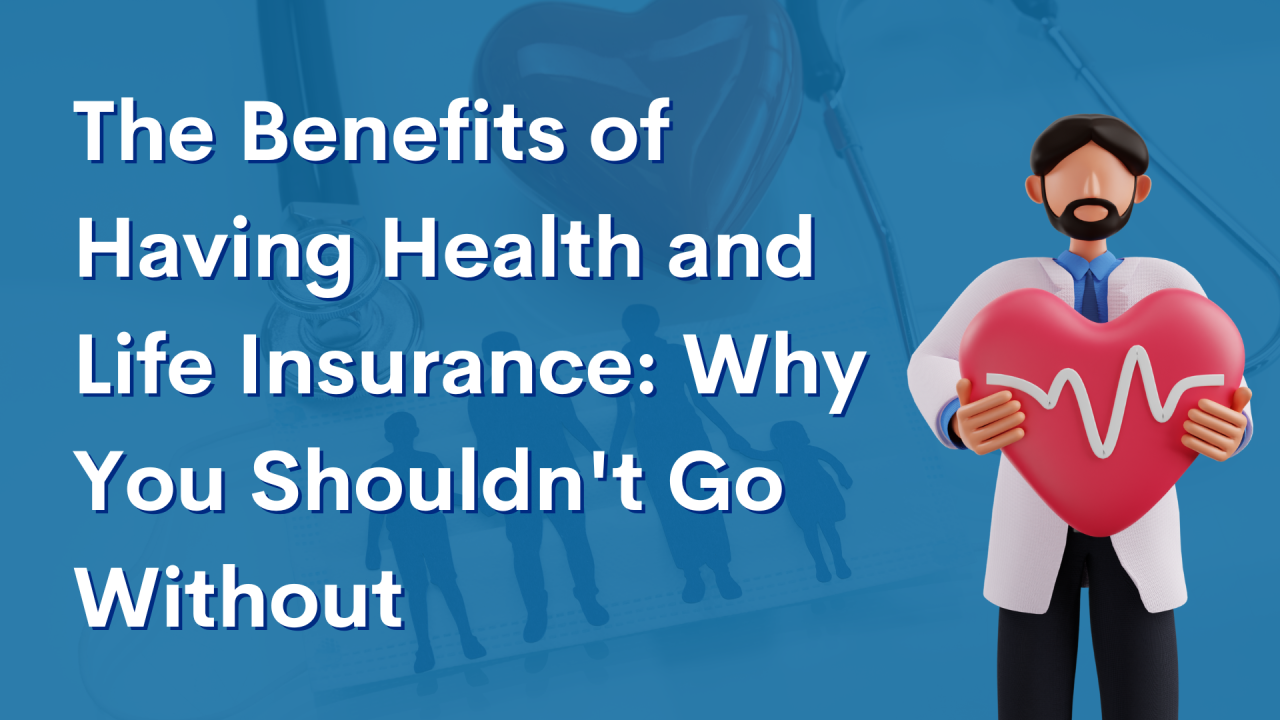The Facts About Medicare Advantage Agent Revealed
The Facts About Medicare Advantage Agent Revealed
Blog Article
The Greatest Guide To Medicare Advantage Agent
Table of ContentsSome Known Details About Medicare Advantage Agent Getting The Medicare Advantage Agent To WorkFascination About Medicare Advantage Agent


follows from complies with the perplexing young fairly profile of account uninsured with the better health, wellness average, standard younger personsMore youthful For those without access to work environment wellness insurance, bad health and wellness is a potential obstacle to purchasing nongroup coverage due to the fact that such coverage might be extremely priced, leave out preexisting conditions, or be just not available. Unless otherwise kept in mind, national estimates of individuals without health and wellness insurance coverage and proportions of the population with different kinds of protection are based on the CPS, the most extensively used source of quotes of insurance coverage and uninsurance rates.

Getting My Medicare Advantage Agent To Work
Over a three-year duration beginning early in 1993, 72 million individuals, 29 percent of the united state populace, were without insurance coverage for at the very least one month. Within a solitary year(1994), 53 million people experienced at the very least a month without protection(Bennefield, 1998a). 6 out of every ten uninsured adults are themselves employed. Working does improve the chance that one and one's family members will have insurance policy, it is not a warranty. Even members of households with 2 permanent wage income earners have virtually a one-in-ten chance of being without insurance (9.1 percent uninsured rate)(Hoffman and Pohl, 2000 ). The partnership in between medical insurance and access to care is well developed, as documented later on in this chapter. Although the relationship between health insurance policy and health and wellness end results is neither direct nor simple, an extensive medical and wellness solutions study literature web links medical insurance coverage
to enhanced accessibility to care, much better quality, and enhanced personal and population health and wellness status. For example, the second report, on personal health and wellness results for uninsured adults, is stood for by the inner circle of the figure, while the third report, on household wellness, incorporates the subjects of the second report however emphasizes a various device of analysis, specifically, the family members. The sixth record in the series will certainly offer info about approaches and initiatives embarked on locally, statewide, or across the country to resolve the absence of insurance policy and its unfavorable impacts. Levels of evaluation for taking a look at the effects of uninsurance. This conversation of medical insurance protection focuses mostly on the united state populace under age 65 due to the fact that essentially all Americans 65 and older have Medicare or other public insurance coverage.
Additionally, it focuses especially on those without any kind of medical insurance for any length of time. The issues dealt with by the underinsured remain in some respects comparable to those faced by the without insurance, although they are typically less extreme. Uninsurance and underinsurance, nevertheless, involve clearly different plan issues, and the approaches for resolving them may differ. Throughout this research and the five reports to follow, the major emphasis is on persons without health insurance and hence no assistance in spending for health treatment beyond what is offered with charity and safeguard organizations. Medical insurance is an effective variable affecting receipt of treatment because both patients and physicians reply to the out-of-pocket rate of solutions. Medical insurance, nevertheless, is neither necessary nor sufficient to obtain access to medical services. Nevertheless, the independent and straight effect of health
insurance policy coverage on accessibility to health and wellness solutions is well developed. Others will certainly get the healthcare they require even without wellness insurance coverage, by paying for it expense or seeking it from providers who offer care cost-free or at extremely subsidized rates. For still others, wellness insurance coverage alone does not guarantee receipt of care since of other nonfinancial barriers, such as an absence of health and wellness treatment providers in their area, restricted access to transport, illiteracy, or etymological and cultural differences. Official research regarding uninsured populations in the United States dates to the late 1920s and very early 1930s when the Committee on the Expense of Healthcare generated a series of records regarding financing doctor workplace check outs and hospitalizations. This problem came to be significant as the numbers of medically indigent climbed during the Great Anxiety. Empirical researches constantly sustain the link in between accessibility to care and enhanced wellness results(Bindman et al., 1995; Starfield, 1995 ). Having a normal source of care can be considered a predictor of access, instead of a straight action of it, when health and wellness outcomes are themselves made use of as gain access to indications. This expansion of the concept of gain access to dimension was made by the IOM Board on Keeping An Eye On Gain Access To to Personal Wellness Treatment Provider(Millman, 1993, p. Whether or not parents are guaranteed appears to influence whether or not their kids receive care go now as well as just how much careeven if the kids themselves have coverage(Hanson, 1998). The wellness of moms and dads can influence their capability to take care of their youngsters and the degree of household tension. Fretting about their kids's accessibility to care is itself a source of stress and anxiety for moms and dads. 3 phases adhere to in this report. Chapter 2 provides a review of just how employment-based medical insurance, public programs and private insurance plan run and interact to provide substantial but insufficient insurance coverage of the U.S. populace. This consists of a testimonial of historical trends and public policies impacting both public and exclusive insurance, a conversation of the communications amongst the various kinds of insurance coverage, and an examination of why people relocate from one program to another or end up

Report this page